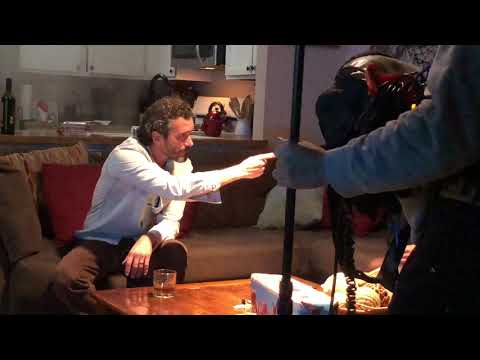Kilroot House in Kilroot, Northern Ireland

The word Kilroot is derived from the Irish words “Cill Ruaidh,” meaning “church of the red” or “the red church.” This name derived from the presence of a red-brown subsoil noted in the area due to the high amounts of Mercia Mudstone, but it has also been suggested that it could have derived from a bloody battle that occurred in the area during 1199.
The area is believed to have been one of the earliest Christian sites in the Belfast Lough area, with a religious ecclesiastical unit present as early as 725 CE. While most of the artifacts from this early period of Christian history in the region didn’t survive, there is still an ancient bullaun stone (baptismal font) present in the graveyard that hails from that period.
The main Kilroot House building likely dates to the 18th-century. For some time, the bulding was thought to be the “Bishops House” built by Bishop Robert Humston during the early 17th-century to house the Bishop of Down and Connor.
The Kilroot House was constructed by Edward Brice, a Scottish native and Protestant minister who settled in County Antrim around the early 17th-century. It later became the Prebend of Kilroot in 1619. Brice also acquired the lands surrounding the structure during the same period. Not long after, Anglo-Irish Satirist, Jonathan Swift served a stint as the Prebend of Kilroot between 1694 and 1696.
Nowadays, the area is just used for quiet and picturesque walks along this lesser-known part of East Antrim, next to Kilroot Business Park and Power Station.





